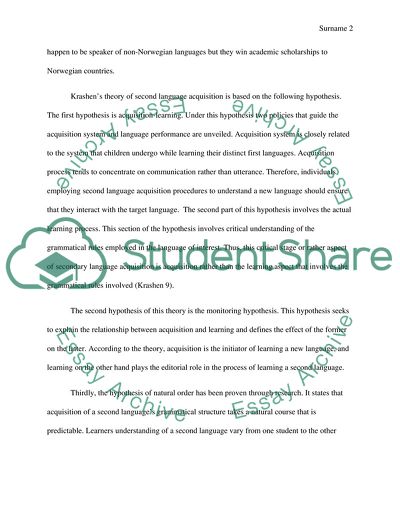Cite this document
(Second Language Acquisition Essay Example | Topics and Well Written Essays - 1250 words, n.d.)
Second Language Acquisition Essay Example | Topics and Well Written Essays - 1250 words. https://studentshare.org/humanitarian/1817816-sla
Second Language Acquisition Essay Example | Topics and Well Written Essays - 1250 words. https://studentshare.org/humanitarian/1817816-sla
(Second Language Acquisition Essay Example | Topics and Well Written Essays - 1250 Words)
Second Language Acquisition Essay Example | Topics and Well Written Essays - 1250 Words. https://studentshare.org/humanitarian/1817816-sla.
Second Language Acquisition Essay Example | Topics and Well Written Essays - 1250 Words. https://studentshare.org/humanitarian/1817816-sla.
“Second Language Acquisition Essay Example | Topics and Well Written Essays - 1250 Words”. https://studentshare.org/humanitarian/1817816-sla.


